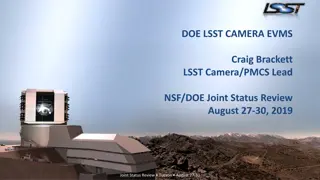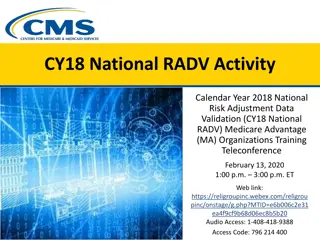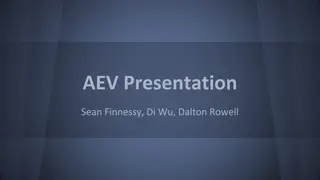
Light Scattering for Characterization of Suspended Nanomaterials
Explore the morphology, structure, and dynamics of suspended environmental nanomaterials through in-situ light scattering. Dive into dynamic light scattering basics, self-assembly, colloidal stability, aggregate structures, and more. Understand the interaction of light with matter, correlation functions, data analysis options, interparticle interactions, aggregate structures, and internal dynamics. Discover the world of suspended nanomaterials and the techniques used for their investigation.
Download Presentation

Please find below an Image/Link to download the presentation.
The content on the website is provided AS IS for your information and personal use only. It may not be sold, licensed, or shared on other websites without obtaining consent from the author. If you encounter any issues during the download, it is possible that the publisher has removed the file from their server.
You are allowed to download the files provided on this website for personal or commercial use, subject to the condition that they are used lawfully. All files are the property of their respective owners.
The content on the website is provided AS IS for your information and personal use only. It may not be sold, licensed, or shared on other websites without obtaining consent from the author.
E N D
Presentation Transcript
786 In-Situ Light Scattering for Characterization of Suspended Environmental Nanomaterials: Morphology, Structure and Dynamics
Structure of the Course Overview of Suspended Nanomaterials Dynamic Light Scattering Basics Instrument Overview & Operation Self Assembly & Colloidal Stability Aggregate Structures & Internal Dynamics
Overview of Suspended Nanomaterials A Little History What are suspended nanomaterials Length scales Complex fluids and soft materials Emulsions, foams, gels, dispersions How do we investigate these samples Other techniques: TEM, microscopy
Dynamic Light Scattering Basics How does light interact with matter? Dynamic Light Scattering Correlation function Time-scale Diffusion constant size Understanding intensity & angle Data Analysis Options and Size Distribution Instrument Overview & Operation Practical Matters in Experimental Design
Self Assembly & Stability Interparticle Interactions Dispersion forces, electrostatics Zeta potential measurement Point of Zero Charge Stable systems Surfactant self assembly Microemulsions Instability Fractal growth Sedimentation
Aggregate Structures & Internal Dynamics Static Light Scattering Measurements of large molecules Form and structure factor for aggregates Polarized DLS measurements Gel & protein dynamics Purely diffusive vs. sub- and super-diffusive behaviors Reptation

![❤[READ]❤ Deep Space Craft: An Overview of Interplanetary Flight (Springer Praxis](/thumb/21511/read-deep-space-craft-an-overview-of-interplanetary-flight-springer-praxis.jpg)




















